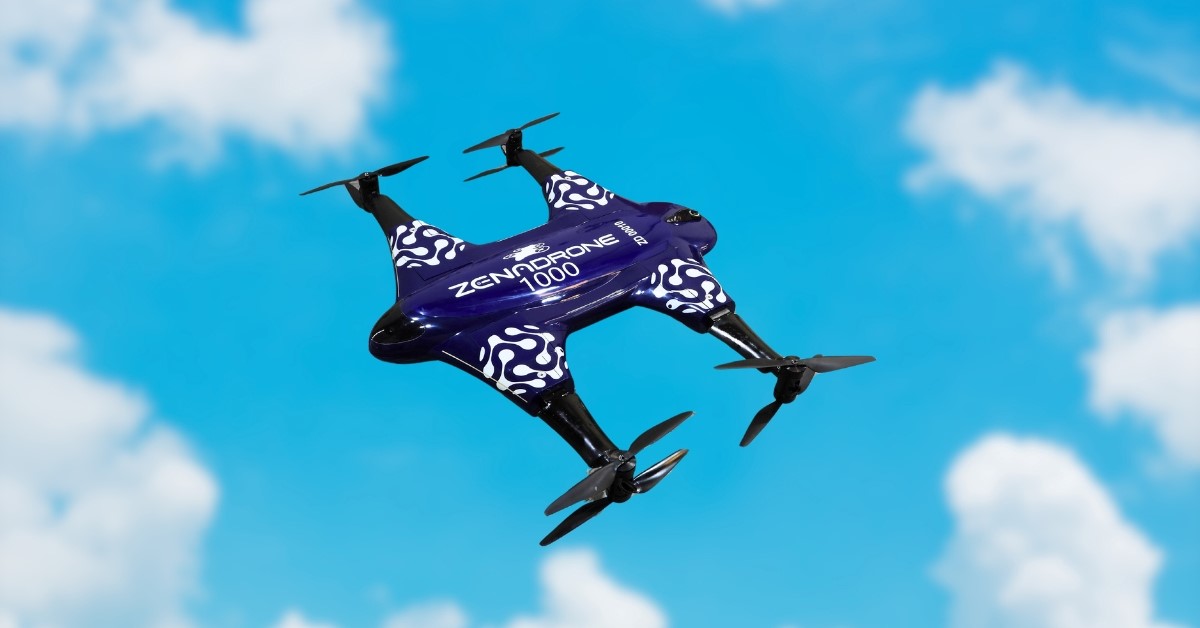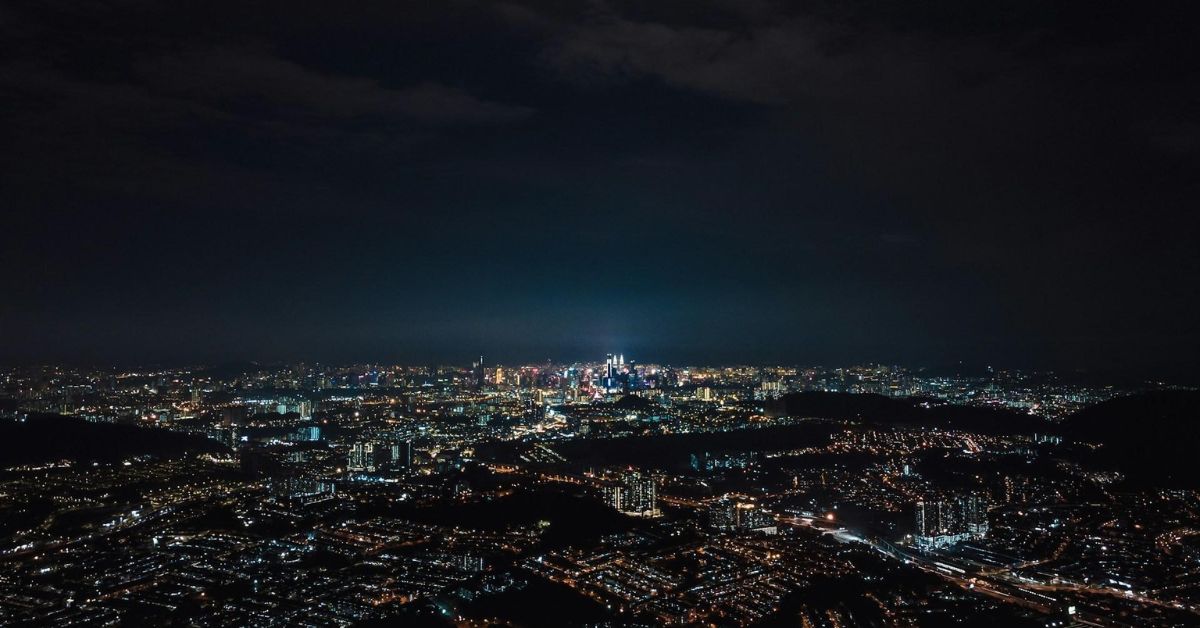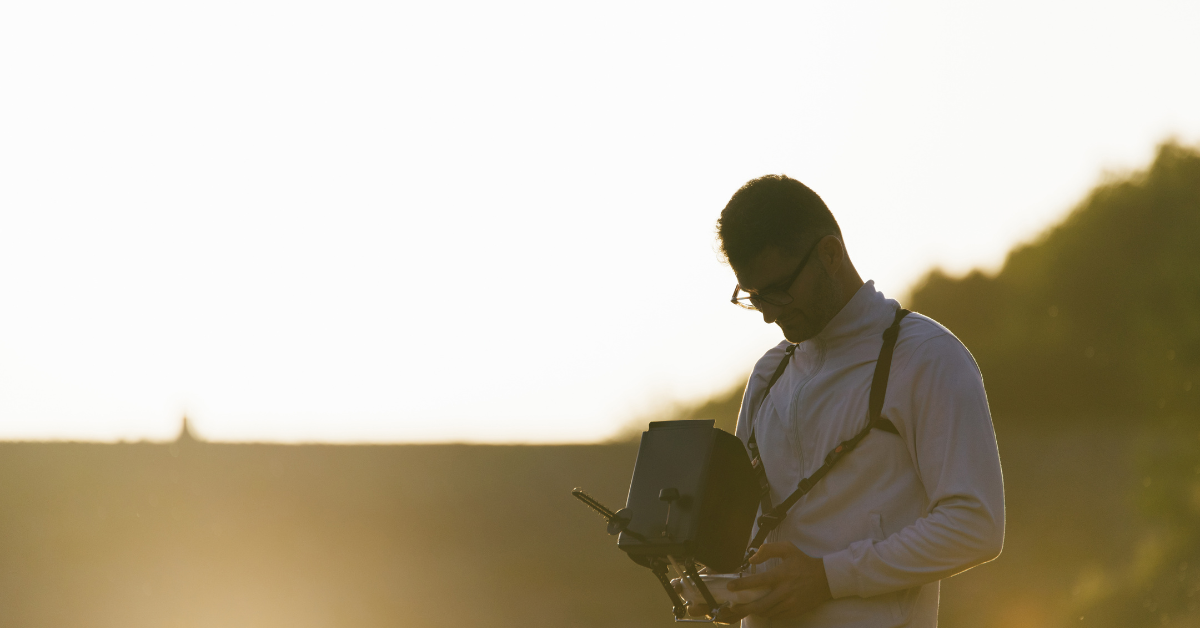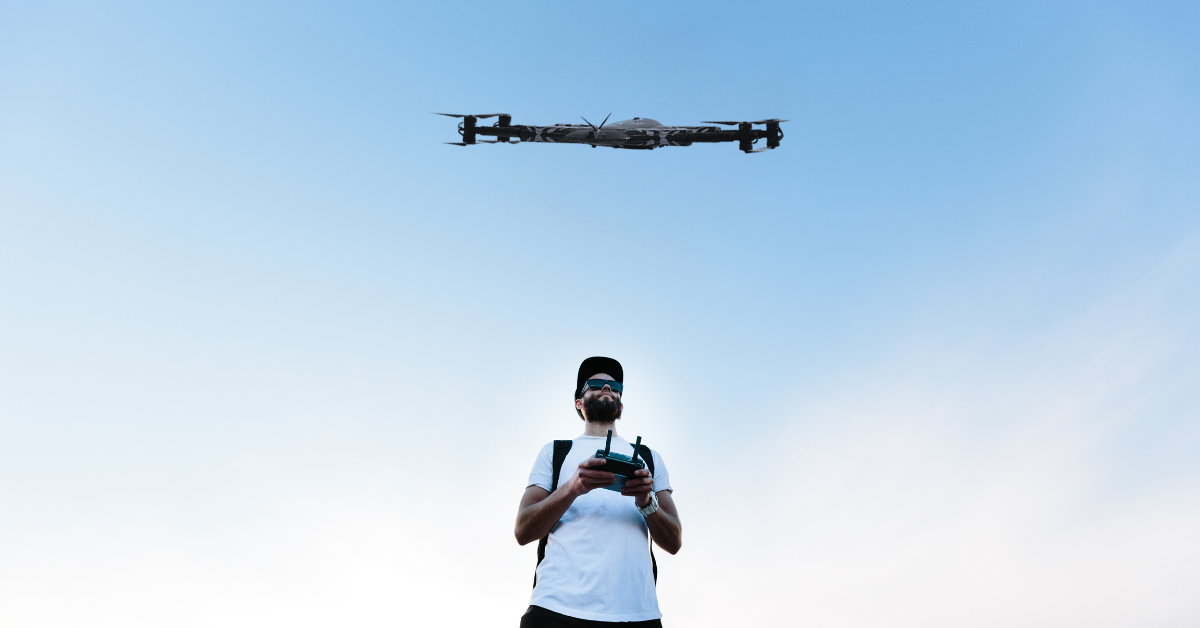How are Military Drones Different from Commercial Drones?
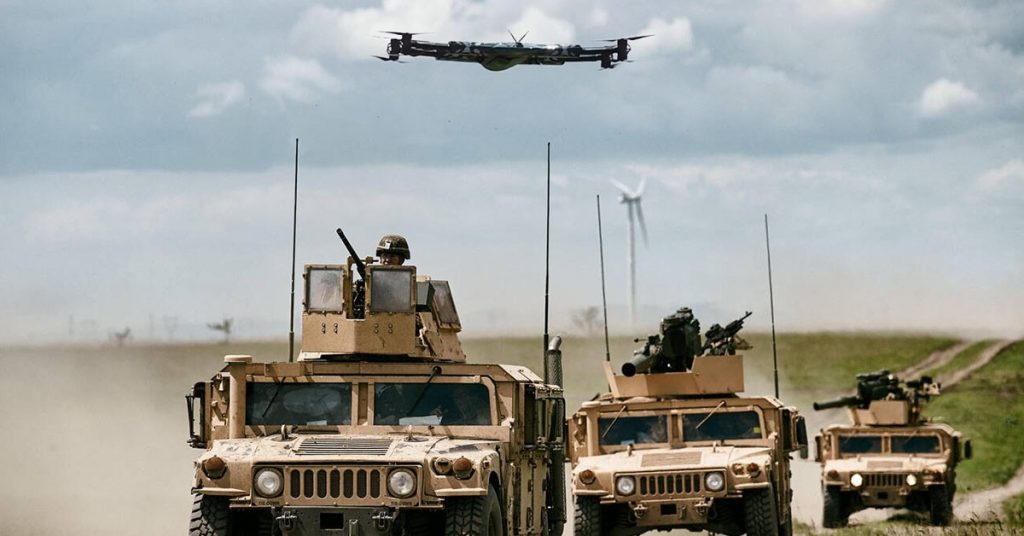
From firefighting drones to surveillance and payload delivery, drones are versatile devices with many uses. Since their availability to the general public, they have become vital to many industries.
However, military applications remain the primary use of drones today since most drones manufactured are currently for military use. They are used as target decoys, in research and development and even for supervision.
Additionally, military drones are also deployed in combat missions. Specific armed combat drones assist ground forces by prioritizing high-value targets and providing real-time video surveillance.
How are Military Drones Different from Commercial Drones?
Both military and commercial drones are staples in many industries for providing valuable support in streamlining operations. They are widely used in aerial photography, crop dusting, and weather reporting. However, they have their differences. Here’s what sets combat drones apart from commercial or consumer models:- Transmission signals
- Size
- Type
How are Drones Changing Military Operations?
Drones are versatile pieces of engineering that have many commercial and civilian uses. Today, it’s not uncommon to see small drones competing recreationally, such as in a drone race or drone fight. The same has been confirmed in the military for some time. Thanks to drones, the following types of operations are streamlined and optimized:- Reconnaissance
- Situational and combat assessment
- Counter-drone operations
What’s Next for Drone Technology?
Commercial drones are often classified as electronic vehicles and are crucial in minimizing carbon footprints for companies. As drone technology continues improving, commercial and combat drones will significantly change in the coming years. Drones are also becoming more widespread and used outside commercial and military industries. For example, local governments worldwide are looking for drones to address challenges such as traffic congestion. Here are a few things to expect:- Software improvements – Artificial intelligence has been essential in drone development. Aside from adjusting flight telemetry, more sophisticated AI will provide improved mapping and imaging technology.
- Legislation: Drones will be used more extensively in civilian functions, such as firefighting drones. Outside of these functions, legislation surrounding drones will be more comprehensive to cover all kinds of specializations.
- Complete commercial suitability: While drones are already commercially viable, future models will have designs that comply with safety standards. Auto action and intelligent piloting are also expected to improve.
- Platform and payload adaptability: With drones becoming more sophisticated, they are also expected to be smaller, lighter, and faster. Current developments on internal hardware are being made to overcome size, weight, and power limits.






